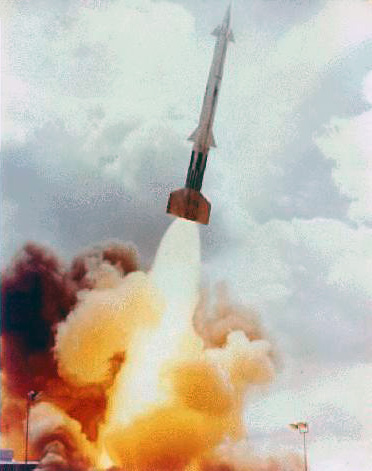Temistocle
ACCESS: Secret
- Joined
- 9 December 2009
- Messages
- 247
- Reaction score
- 506
I just read the "top level budget proposal" linked here: https://spacenews.com/white-house-b...-out-sls-and-orion-scale-back-iss-operations/
(it was suggested by Flyaway in post #98 of the thread White House may seek to slash NASA’s science budget by 50 percent).
In the DoD section there is this statement: "makes a down-payment on the development and deployment of a Golden Dome for America, a next-generation missile defense shield that would protect the U.S. from missile threats".
I really not know what Golden Dome for America is, but I think it needs an appropriate thread.
A link from CCN (March 22):
"US arms manufacturers are already seeing dollar signs. The Missile Defense Agency held an Industry Day in mid-February to solicit bids from companies interested in helping to plan and build Golden Dome. The agency received more than 360 secret and unclassified abstracts about ideas for how to plan and execute the system. Lockheed Martin has taken it a step further, creating a polished website for Golden Dome claiming the world’s largest defense contractor has the “proven, mission-tested capabilities and track record of integration to bring this effort to life."
Here the Lockheed Martin website.
Here a link from Routers (April 27):
"... Trump administration and the Pentagon ... would build and launch 400 to more than 1,000 satellites circling the globe to sense missiles and track their movement, sources said. A separate fleet of 200 attack satellites armed with missiles or lasers would then bring enemy missiles down, three of the sources said."
Some other link can be found on Internet; the discussion is open...
(it was suggested by Flyaway in post #98 of the thread White House may seek to slash NASA’s science budget by 50 percent).
In the DoD section there is this statement: "makes a down-payment on the development and deployment of a Golden Dome for America, a next-generation missile defense shield that would protect the U.S. from missile threats".
I really not know what Golden Dome for America is, but I think it needs an appropriate thread.
A link from CCN (March 22):
"US arms manufacturers are already seeing dollar signs. The Missile Defense Agency held an Industry Day in mid-February to solicit bids from companies interested in helping to plan and build Golden Dome. The agency received more than 360 secret and unclassified abstracts about ideas for how to plan and execute the system. Lockheed Martin has taken it a step further, creating a polished website for Golden Dome claiming the world’s largest defense contractor has the “proven, mission-tested capabilities and track record of integration to bring this effort to life."
Here the Lockheed Martin website.
Here a link from Routers (April 27):
"... Trump administration and the Pentagon ... would build and launch 400 to more than 1,000 satellites circling the globe to sense missiles and track their movement, sources said. A separate fleet of 200 attack satellites armed with missiles or lasers would then bring enemy missiles down, three of the sources said."
Some other link can be found on Internet; the discussion is open...

